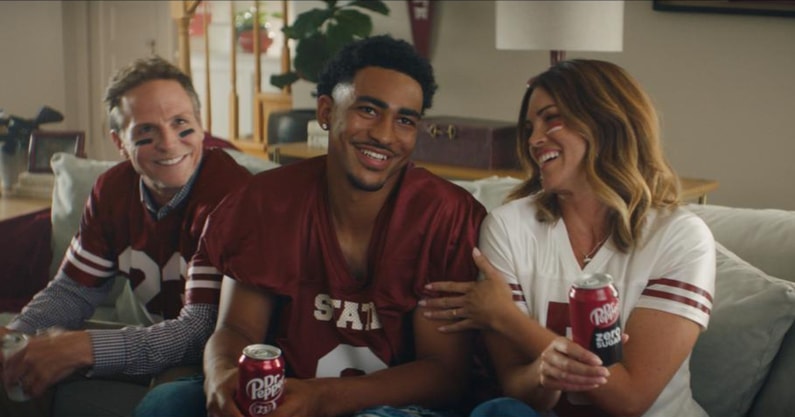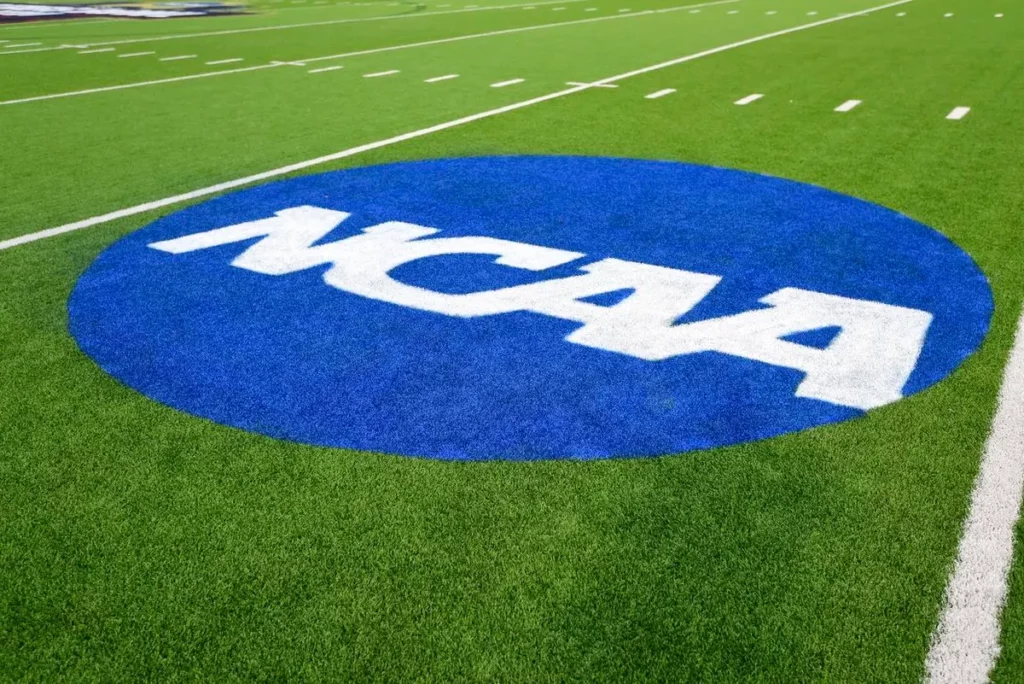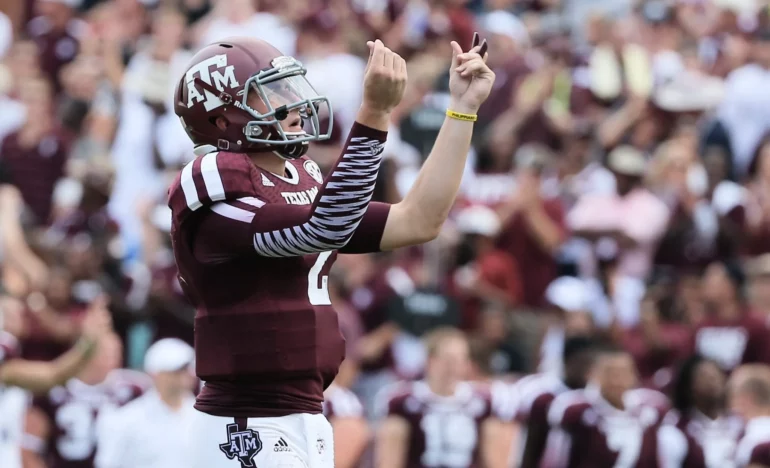NIL rules have significantly impacted college football by giving athletes the opportunity to make money off of their own name, image, and likeness. This means that players can now profit off of their image through endorsements, sponsorships, and other financial opportunities without breaking NCAA-regulated rules. The uprising of NIL has forever shifted stability within the sport. By allowing players and alumni to control financial decisions, power levels have become unbalanced throughout CFB.
Before NIL laws were passed, NCAA rules restricted college athletes from receiving any compensation. In the past, college football stars such as Reggie Bush and Johnny Manziel were penalized for making money off their likeness. However, in the modern game, players are encouraged to take advantage of their NIL opportunities to earn money. It has even been reported that some of the top savants in the game are making over 1 million dollars a year from sponsorships and endorsements. This critical development has completely changed the landscape of football.

With relaxed NCAA rules, college players are now swimming in pools of money. Financial streams are being influenced by everything from personal merch to wealthy alumni donating directly to schools. Although NIL has proven to benefit the athletes, the expansion of a controversial incentive business inside of CFB has opened up to the world. Where it was once looked down upon to bribe players to attend their respective schools, it’s now done for everyone to see.
This evolution has shifted equilibrium within the game of football. Schools with top donors and rich alumni are now gaining better recruits and transfers than those that are underfunded. This has put college sports in an awkward position where the once natural game is now being influenced by money. The correlation between winning and money is beginning to take over the sport. Not only are schools shifting the power balance, but many would claim that money is taking away from the individuality in college football.

Not only is the bag influencing players to leave or attend certain schools, but it’s also forcing colleges to change to conferences that are more profitable for the university. This more specifically applies to West Coast schools such as Oregon, UCLA, Washington, and many more. Because their respective fanbases aren’t as strong as other schools, they’ve had to resort to entering bigger markets such as the Big Ten & Big 12. Some longtime CFB fans have found this to disrupt the game’s originality. On the other hand, younger fan bases are excited to see the matchups that will come out of realignment.
Overall, NIL rules have come as a great benefit to college football players all around the country. Where student-athletes were once penalized by the NCAA for profiting off their name, image, and likeness, it’s now been normalized for players to earn financial gain. However, while the benefits for the athletes are great, NIL has opened up a cutthroat money business within the sport. Balance in CFB that was once held by hard work and skill is now being shifted by big donors and bribes.



